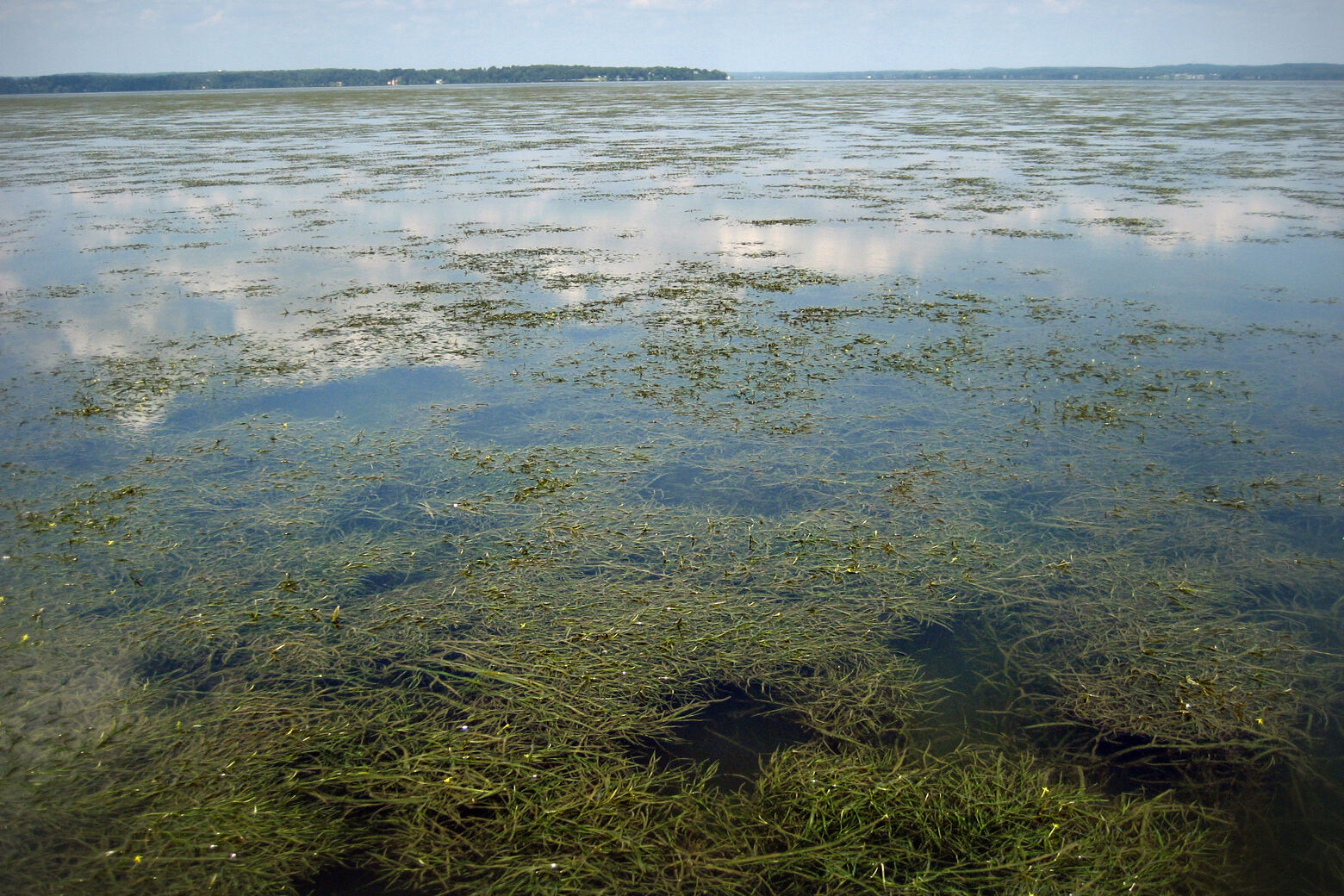Underwater grasses in the Chesapeake Bay have made a comeback in recent decades, and a new study, from scientists including researchers from the University of Maryland, finds that they’re helping fight one of the effects of fossil-fuel use.
Submerged aquatic vegetation (SAV) is combating acidification in the water, and not just in the areas where they grow, the study finds. That’s good news for the vegetation, but also for the shellfish that live and build their shells in the bay.
The University of Maryland Center for Environmental Science said in a statement that it was already known that these grasses remove pollution, allow more light into the water and provide fertile ground for baby crabs and rockfish.
“This new research suggests that SAV can provide additional ecosystem benefits — buffering water against acidification — far beyond the habitats where they grow,” said Jeremy Testa, an author of the study and an associate professor.
The study is called “Chesapeake Bay acidification buffered by spatially decoupled carbonate mineral cycling,” and it was published in Nature Geoscience.
Ocean water is made more acidic when there is more carbon dioxide in the atmosphere from the burning of fossil fuels and other human-driven activities, the center said in the statement.
When the waters in oceans and estuaries absorb that carbon dioxide, the waters can become more acidic. Acidification depletes the water of calcium carbonate, which is what shellfish use to build their shells.
The Chesapeake Bay is the largest estuary in the U.S.
After a bay-wide decline in underwater vegetation from the 1960s through the 1980s, the submerged grass beds have increased by 300% from 1984 to 2015, the university researchers said.

One of the largest recovered beds lies in an area of the bay known as the Susquehanna Flats, a freshwater region near the mouth of the Susquehanna River at the head of the Chesapeake Bay.
Spanning about 20 square miles, it is now one of the biggest and healthiest underwater vegetation beds in the Chesapeake Bay.
“Just like people take Tums to neutralize the acids that cause heartburn, SAV beds send carbonate minerals to the lower Bay to neutralize acids there,” said Testa.








